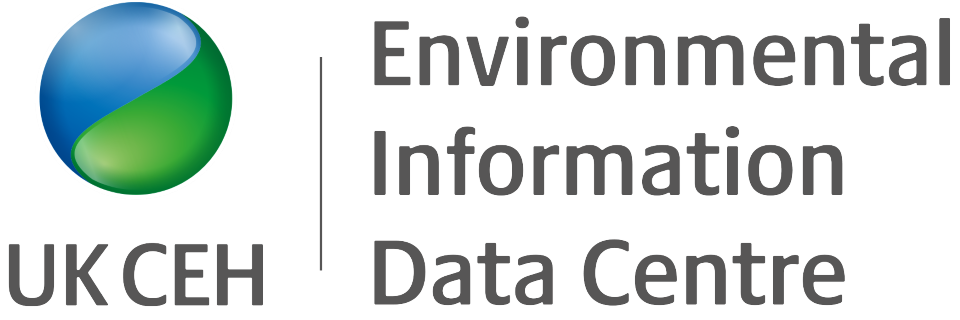
United Kingdom Butterfly Monitoring Scheme: collated indices 2019
Download/Access
By accessing or using this dataset, you agree to the terms of the relevant licence agreement(s). You will ensure that this dataset is cited in any publication that describes research in which the data have been used.
© UK Centre for Ecology & Hydrology
© Butterfly Conservation
© British Trust for Ornithology
© Natural Environment Research Council
© Joint Nature Conservation Committee
Contains UK Butterfly Monitoring Scheme (UKBMS) data © copyright and database right Butterfly Conservation, the Centre for Ecology & Hydrology, British Trust for Ornithology, and the Joint Nature Conservation Committee.
This dataset is available under the terms of the Open Government Licence 
Collated indices are calculated so that we can determine how butterfly populations are changing over time across the UK. This data can be used, for example, to determine where to target conservation efforts and more generally the condition of the UK countryside. Butterflies are recognised as important indicators of biodiversity and environmental change, for example in UK and country Biodiversity Indicators, and have been used in numerous studies of the impacts of climate and habitat change on biodiversity.
The UK Butterfly Monitoring Scheme is organized and funded by Butterfly Conservation (BC), the Centre for Ecology & Hydrology (CEH), the British Trust for Ornithology (BTO), and the Joint Nature Conservation Committee (JNCC). The UKBMS is indebted to all volunteers who contribute data to the scheme.
This work was supported by the Natural Environment Research Council award number NE/R016429/1 as part of the UK-SCAPE programme delivering National Capability.
Format
Comma-separated values (CSV)
Spatial information
Temporal information
Provenance & quality
Licensing and constraints
This dataset is available under the terms of the Open Government Licence 
© UK Centre for Ecology & Hydrology
© Butterfly Conservation
© British Trust for Ornithology
© Natural Environment Research Council
© Joint Nature Conservation Committee
Contains UK Butterfly Monitoring Scheme (UKBMS) data © copyright and database right Butterfly Conservation, the Centre for Ecology & Hydrology, British Trust for Ornithology, and the Joint Nature Conservation Committee.
Citations
Supplemental information
Correspondence/contact details
Wallingford
Oxfordshire
OX10 8BB
UNITED KINGDOM

 https://orcid.org/0000-0002-5276-1405
https://orcid.org/0000-0002-5276-1405